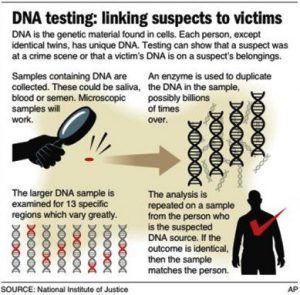The Chiverella case was the fourth-oldest cold case in the U.S. to be solved using DNA genealogy. And it is the oldest case in Pennsylvania to be solved with emerging the technology.
In November 2018, in Massachusetts Michael Sumpter, was identified as the killer of a 19-year-old Harvard University student after 48 years.
Sumpter was 54 when he died of cancer in 2001. And investigators were still able to connect the serial rapist to the 1969 murder of Jane Britton. They used old DNA evidence to find a relative on Ancestry.com.
Jane Britton’s case was one of the first of its kind. And only 28 cases were solved with these methods by late January 2019. And perhaps the most notable was the Golden State Killer case in Northern California.
By the end of 2020, nearly 200 cases were closed using genetic genealogy. And as we move into 2022, cases are being worked with IGG throughout the US and most countries around the world. Cases are being solved on a weekly, sometimes a daily basis.

Investigative genetic genealogy yields powerful results
IGG is a new crime-solving tool. It has been going mainstream since 2016 when the genetic databases began to develop. It is a cross science. The merger of standard DNA genetic analysis with genealogical research.









